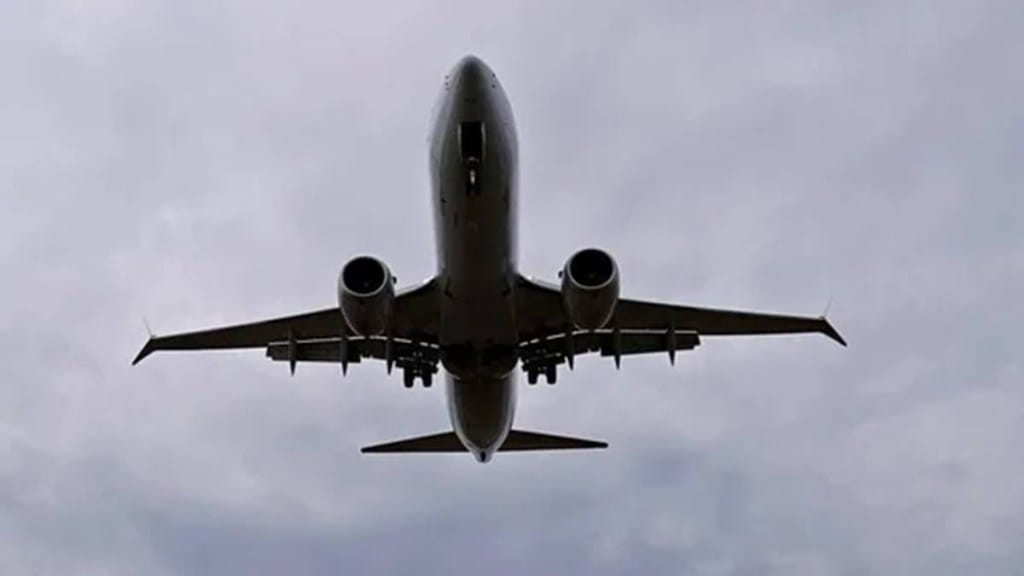The Indian aviation sector growth continues to rapidly increase, there is an underlying concern about its greenhouse emissions and a growing carbon footprint. The aviation industry over recent years has been facing pressure to adopt environmentally responsible practices. Airlines across the sector are making efforts for a more sustainable future as environmental degradation along with climate change is causing huge challenges.
Airlines globally, including those in India are undertaking several measures to lessen the environmental impact. As environmental degradation and climate change continue to deteriorate and cause challenges, airlines across the sector are making efforts for a more sustainable future.
Jaideep Mirchandani, group chairman of Sky One said, ”Leasing fuel-efficient aircraft that consume less fuel and give rise to lesser emissions, in line with researching hybrid and electric aircraft technologies, will boost sustainable practices in the aviation sector.”
”In order to achieve net zero CO2 emissions by 2050, airlines worldwide must incorporate sustainability into every aspect of their operations. Every step of operations needs to consider this transition to environmentally responsible practices as a critical updating requirement,” added Mirchandani.
Major airlines like Air India, Indigo, Sky One, SpiceJet, Vistara and Lufthansa Group are leading the pack by adopting the following measures.
Modernisation of the aircraft models:
To reduce the carbon footprint, the most effective step that can be taken by an airline is to modernise its fleet. The reason behind this is that the newer aircraft models are more fuel-efficient and will boost fewer emissions compared to the older ones. Indigo is investing a significant budget for modernizing its fleet. The airline has been credited for introducing Airbus A30neo and A321neo. These two aircraft models are known for their capability for reducing carbon emissions and for their better-enhanced fuel efficiency. The specialty of these aircraft is less consumption of fuel corresponding to their predecessors.
Adopting Sustainable Aviation Fuel (SAF)
The promotion of Sustainable Aviation Fuel (SAF) is one of the major strategies. The production of SAF is made of sustainable resources from agricultural residues and waste oil. It also can reduce lifecycle greenhouse gas emissions by up to 80% contrary to traditional jet fuel.
SpiceJet was the first to operate India’s first biofuel-equipped flight. The airline used a mixture of 75% aviation turbine fuel and 25% biofuel. SAF plays a crucial role in lowering emissions from aviation.
Well-planned flight operations:
By enhancing air traffic management and implementing the best methods for fuel-efficient flying, operational efficiency can be obtained.
Air India has been concentrating on optimizing flight operations to boost fuel efficiency. The airline has taken measures by using single-engine taxiing. Only one engine is used during the ground operations and landing. As a result, a lesser amount of fuel is burnt during the landing.
Recycling and waste management
Airlines can participate in making efforts for environmental sustainability by implementing recycling efforts and by lowering waste production.
Vistara has contributed to this section by offering eco-friendly meal packaging which helps them in recycling the product after landing.
The Lufthansa Group has mentioned on its website that it is one the largest buyers of SAF globally. It is said to be investing up to $250 million in the acquisition of SAF in subsequent years.
The aviation industry is making efforts to practice environmentally responsible practices.

